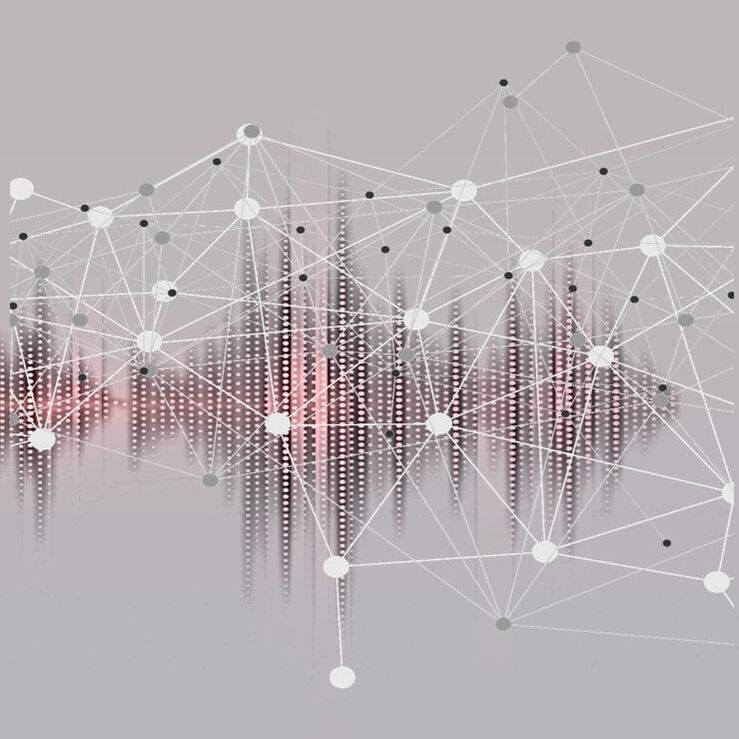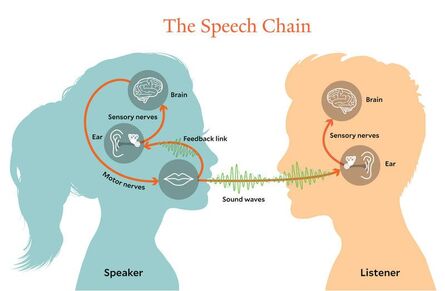Currently, our research is mainly organized around three main focus areas. Generally speaking, our research aims at better understanding the representations that learners create for the words and phonological units of the second language (L2), and how these representations change over time.
We also examine the mechanisms of speech processing in both L1 and L2, and, in the case of L2, the factors that facilitate it (for instance by suppressing the interference from the first language).
Finally, we address the application of these findings in pedagogical contexts, with the goal of helping learners modify their representations and streamline their processing for their new language, which eventually helps them communicate more easily in the second language.
This list is continually evolving, and we have recently started exploring how listeners deal with reduced speech when listening to L2 (with Bihua Chen), and to the role played by redundant cues in L2, where we find that cues otherwise "redundant" to L1 listeners can be essential for L2 listeners (with Keiji Iwamoto).




